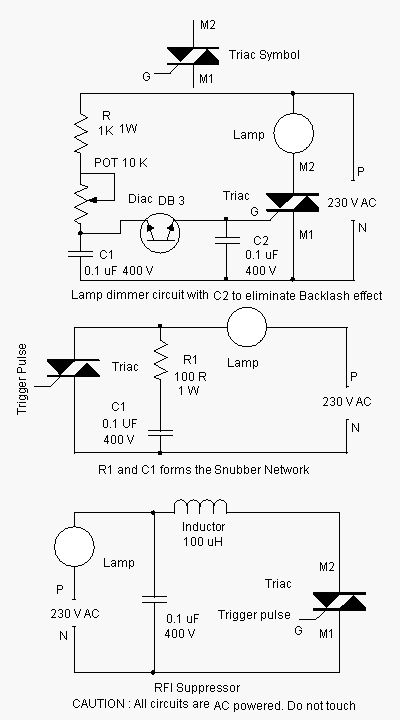
Selective Timer Alarm Circuit With 4060IC

The following circuit illustrates a Selective Timer Alarm Circuit based on the 4060 Integrated Circuit (IC). Features include an automatic turn-off mechanism for the alarm after a specified duration.
The Selective Timer Alarm Circuit utilizes the 4060 IC, which serves as a versatile timer and oscillator. This IC is particularly advantageous due to its ability to generate a precise time delay, making it suitable for applications requiring timed events. The circuit typically consists of resistors and capacitors that determine the timing interval, which can be adjusted to meet specific requirements.
The operation of the circuit begins when the timer is activated, initiating the oscillation within the 4060 IC. The output of the IC drives an alarm system, such as a buzzer or LED indicator, that signals the user when the timer is active. After the designated time elapses, the 4060 IC automatically disables the output, thereby turning off the alarm. This feature is particularly useful in scenarios where an alert is needed for a limited duration, ensuring that the alarm does not continue indefinitely.
The design of the circuit can be modified to include additional functionalities, such as manual reset options or adjustable timing settings. By varying the resistor and capacitor values, the timing range can be tailored to suit different applications, from simple reminder alarms to more complex timing functions in automated systems. Overall, the Selective Timer Alarm Circuit based on the 4060 IC provides a reliable and efficient solution for timed alert mechanisms in various electronic projects.The following circuit shows about Selective Timer Alarm Circuit. This circuit based on the 4060IC. Features: The alarm will automatically turn OFF after the .. 🔗 External reference
The Selective Timer Alarm Circuit utilizes the 4060 IC, which serves as a versatile timer and oscillator. This IC is particularly advantageous due to its ability to generate a precise time delay, making it suitable for applications requiring timed events. The circuit typically consists of resistors and capacitors that determine the timing interval, which can be adjusted to meet specific requirements.
The operation of the circuit begins when the timer is activated, initiating the oscillation within the 4060 IC. The output of the IC drives an alarm system, such as a buzzer or LED indicator, that signals the user when the timer is active. After the designated time elapses, the 4060 IC automatically disables the output, thereby turning off the alarm. This feature is particularly useful in scenarios where an alert is needed for a limited duration, ensuring that the alarm does not continue indefinitely.
The design of the circuit can be modified to include additional functionalities, such as manual reset options or adjustable timing settings. By varying the resistor and capacitor values, the timing range can be tailored to suit different applications, from simple reminder alarms to more complex timing functions in automated systems. Overall, the Selective Timer Alarm Circuit based on the 4060 IC provides a reliable and efficient solution for timed alert mechanisms in various electronic projects.The following circuit shows about Selective Timer Alarm Circuit. This circuit based on the 4060IC. Features: The alarm will automatically turn OFF after the .. 🔗 External reference





